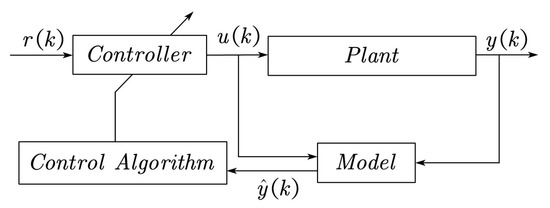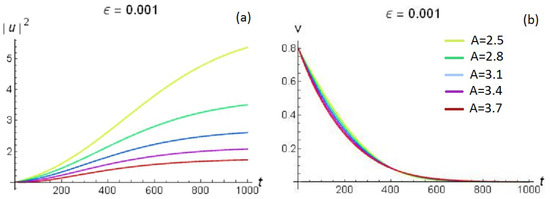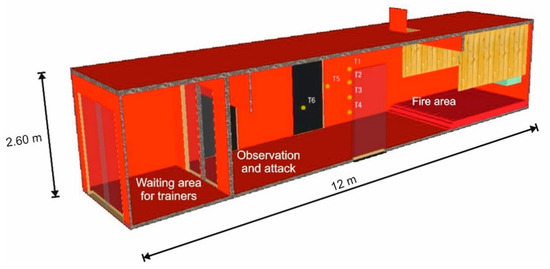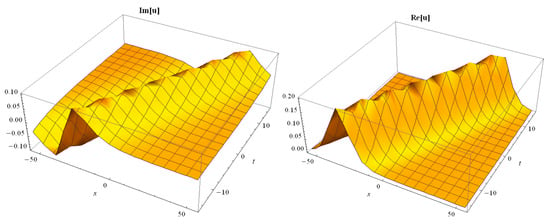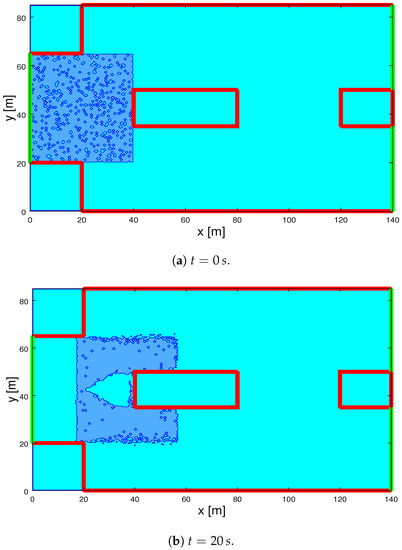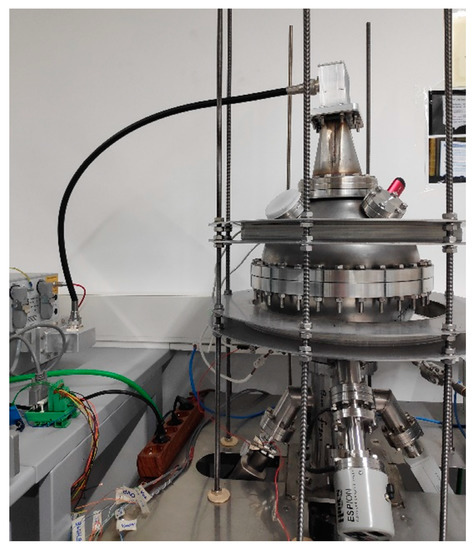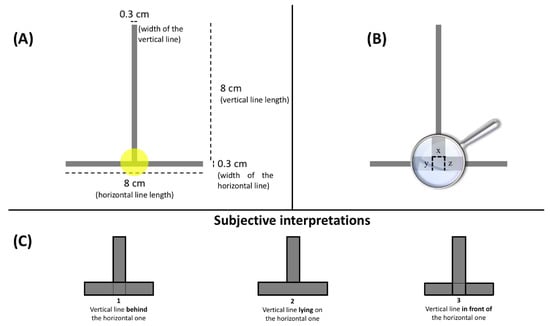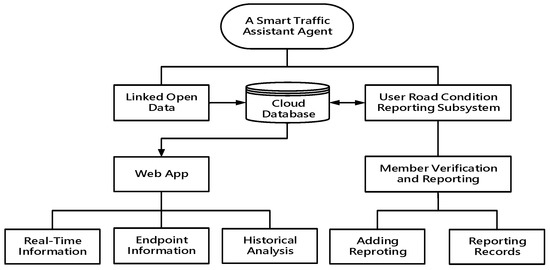Symmetry 2020, 12(1), 34; https://doi.org/10.3390/sym12010034 - 23 Dec 2019
Cited by 16 | Viewed by 2553
Abstract
►
Show Figures
In this study, the principle of minimum spectral energy leakage is applied, and the mathematical model is also established by the general function through adding different constraints. To allow the target baseband signal to have a high-quality time-domain representation, it is assumed that
[...] Read more.
In this study, the principle of minimum spectral energy leakage is applied, and the mathematical model is also established by the general function through adding different constraints. To allow the target baseband signal to have a high-quality time-domain representation, it is assumed that the baseband signal is an even function. The time-domain waveform has symmetry about the y-axis, and the objective function is obtained by Fourier series approximation. The frequency-domain characteristics of the baseband signals are obtained by adding the energy limitation condition and the boundary restriction condition. Limit a point at the appropriate position of the main lobe of the normalized energy spectral density function, and at the same time, limit the appropriate point at the first side lobe. The changes of the points modified the whole characteristic of the frequency-domain. To more conveniently compare the characteristics of the signal under different constraints, according to the symmetry of the frequency-domain of the signal, the normalized energy spectrum main lobe energy ratio is defined as a parameter, and thereby the spectral performance of the signal is discriminated by the size of this parameter. Through comparative analysis, the signal with the frequency-domain restriction conditions added has a larger normalized energy spectrum main lobe energy ratio. With increasing roll-off factor n, the energy ratio of the main energy spectrum of the normalized spectrum increases accordingly, i.e., the energy leakage is effectively suppressed. The baseband signal can be considered more suitable as a modern wireless communication system and can be obtained by adding a suitable restriction condition and establishing a model with a general function.
Full article




